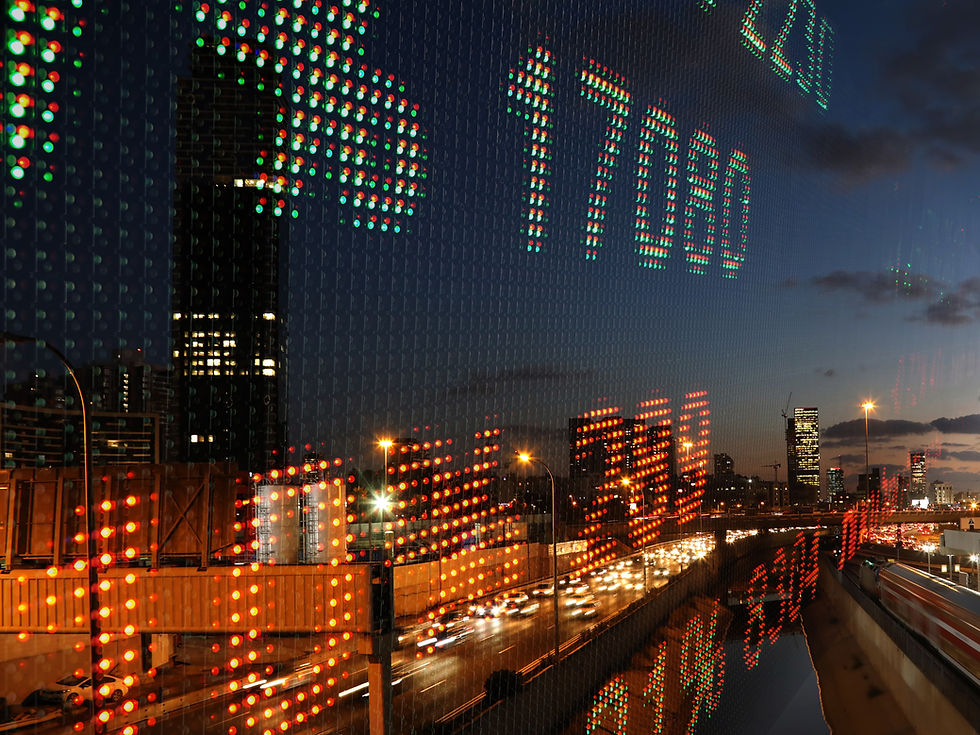Shopping at the Mall: How Has It Changed Over the Years?
- Denise Yeager
- Mar 31
- 4 min read
How Retail Shopping Has Changed Since COVID-19
Having gone to see an iconic department store close last weekend that had been part of the retail scene in downtown Philadelphia since the 1840's and getting word of another major retail chain that is closing many of their brick and mortar stores, I got to thinking of another area of life that has changed since 2019. The retail landscape has undergone a dramatic transformation since the COVID-19 pandemic. No longer getting dropped off to hang out with friends on a Friday night, or going out for dinner at a mall consumer behavior has shifted in ways that continue to redefine the industry. What was once a social and leisurely experience—spending hours at the mall, trying on clothes in fitting rooms, and enjoying a coffee with friends—has largely given way to a more digital and convenience-driven approach to shopping.
The Decline of the Mall Culture
Before the pandemic, malls were not just shopping destinations but social hubs where people gathered, dined, and enjoyed entertainment. Window shopping, browsing new collections, and walking from store to store was part of a routine weekend outing for many. Actually, the mall in the community where I raised my children is now closed, mall closures, occupancy restrictions, and safety concerns led to a sharp decline in foot traffic. Even as restrictions lifted, consumer habits had already begun to shift. Many major retailers have scaled down their physical presence, while others have closed their doors permanently. The emphasis on in-person shopping has lessened, and malls are now trying to reinvent themselves with more entertainment, dining, and experience-driven offerings to attract customers.
The Boom of Online Shopping
Online shopping was already gaining momentum before the pandemic, but COVID-19 accelerated its growth exponentially. Lockdowns and health concerns made e-commerce the primary way for many to shop for essentials and non-essentials alike. Retailers who had a strong online presence thrived, while those who didn’t quickly adapted by launching or expanding their digital storefronts.
Features like curbside pickup, same-day delivery, and virtual try-ons became the new norm, making online shopping more convenient and appealing than ever. Platforms like Amazon, Walmart, and Target saw record-breaking sales, and even small businesses had to embrace digital commerce to stay afloat. Now, consumers have come to expect a seamless, hassle-free shopping experience from the comfort of their homes. Small businesses are the worst hit by the changes, many family owned are going out of business at an alarming rate
Grocery Shopping: From In-Store to Delivery
When I was growing up in small town 1960's, everyone had their groceries delivered. My mother (along with every other mother I knew) had her favorite delivery man and delivery day, perhaps one of the most significant shifts i n retail shopping has been in the way we buy groceries. Before COVID-19, most people preferred in-person grocery shopping, selecting their own produce and browsing for new items. However, the pandemic forced many to try online grocery delivery or curbside pickup for the first time. Services like Instacart, Amazon Fresh, and Walmart Grocery saw an explosion in demand, and grocery stores quickly adapted by improving their digital ordering platforms. Door Dash and UberEats took the place of dining out
Even post-pandemic, many consumers have continued to use grocery delivery services due to their convenience. While in-store shopping has rebounded somewhat, the option for contactless shopping remains popular, particularly among busy professionals, parents, and older adults who prefer to minimize their trips to crowded places.
The Shift in Entertainment: Movie Theaters vs. Streaming Services
Another major shift has occurred in how people consume entertainment. Before the pandemic, going to the movies was a common outing, often paired with shopping or dining. However, during COVID-19, many theaters were forced to close temporarily, and a lot never reopened. In response, streaming services like Netflix, Disney+, and HBO Max capitalized on the opportunity, offering direct-to-streaming movie releases and exclusive content.
My sister and I went to the movies to watch WICKED in a major theater chain in downtown Philadelphia. It was a new experience as I had not been in a theater in years. It put a new spin on "dinner and a movie". First, we had to buy our tickets online and reserve a seat. Then we were forwarded a menu to order food and a drink (age appropriate) that would be delivered to our seats. And the seats!! Like a lazy boy recliner!
Consumers quickly adapted to the convenience of watching new releases from their homes, and studios began prioritizing digital distribution alongside or even instead of theatrical releases. While some people have returned to theaters, the industry has struggled to recover fully, and streaming remains a dominant force in entertainment consumption.
The Future of Retail Shopping
As we move forward, retail shopping will likely continue to evolve. Hybrid shopping experiences—where consumers browse online but pick up in-store—are becoming more common. Augmented reality (AR it's like a visual AI) is also playing a role in helping customers visualize products before purchasing. My father for example never bought a suit, and he wore one every day without being fitted by a tailor. Retailers that blend digital convenience with engaging in-person experiences are finding the most success in this new shopping era.
While the days of hanging out at the mall for hours may be fading, the modern consumer is benefiting from an unprecedented level of convenience and choice. Retail shopping is no longer just about making a purchase—it’s about efficiency, personalization, and meeting customers wherever they are, whether online or in-store.
How have your shopping habits changed since COVID-19? Let us know in the comments
Please like and comment. I can also be found on Instagram @deniseearnsextra and on FB Denise Yeager Affiliate Marketing.



Comments